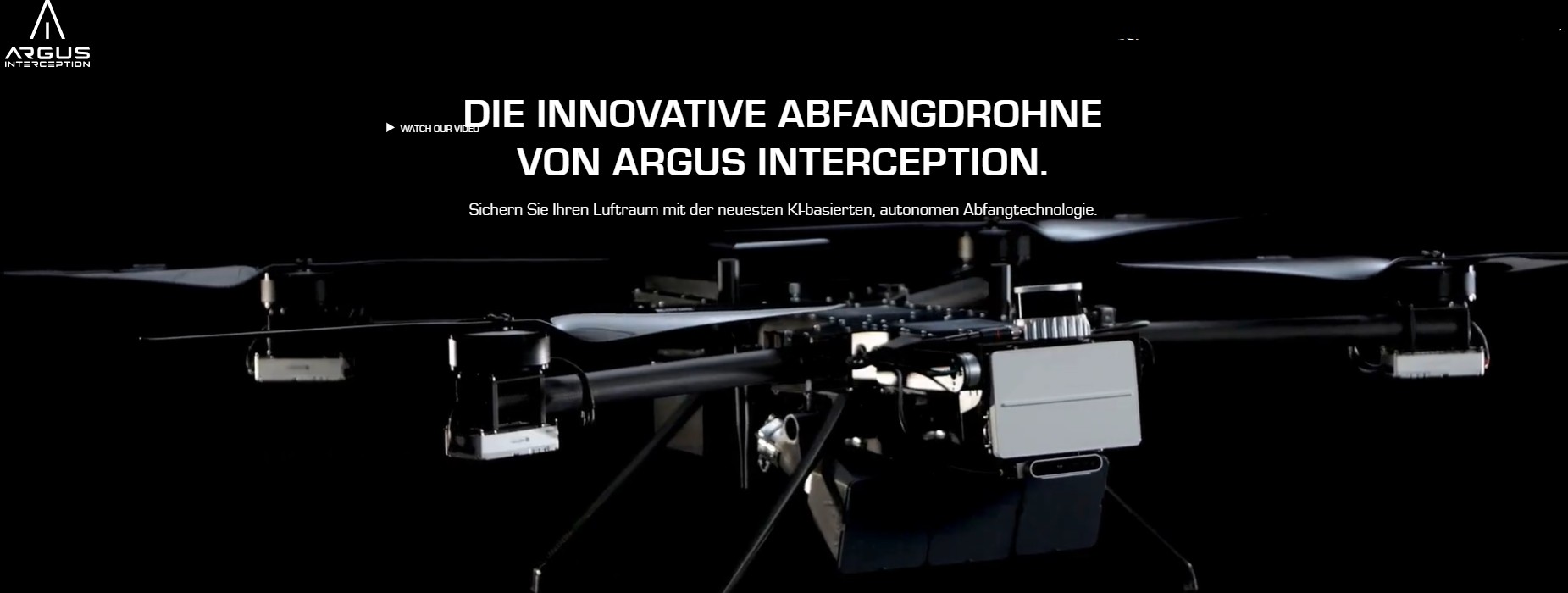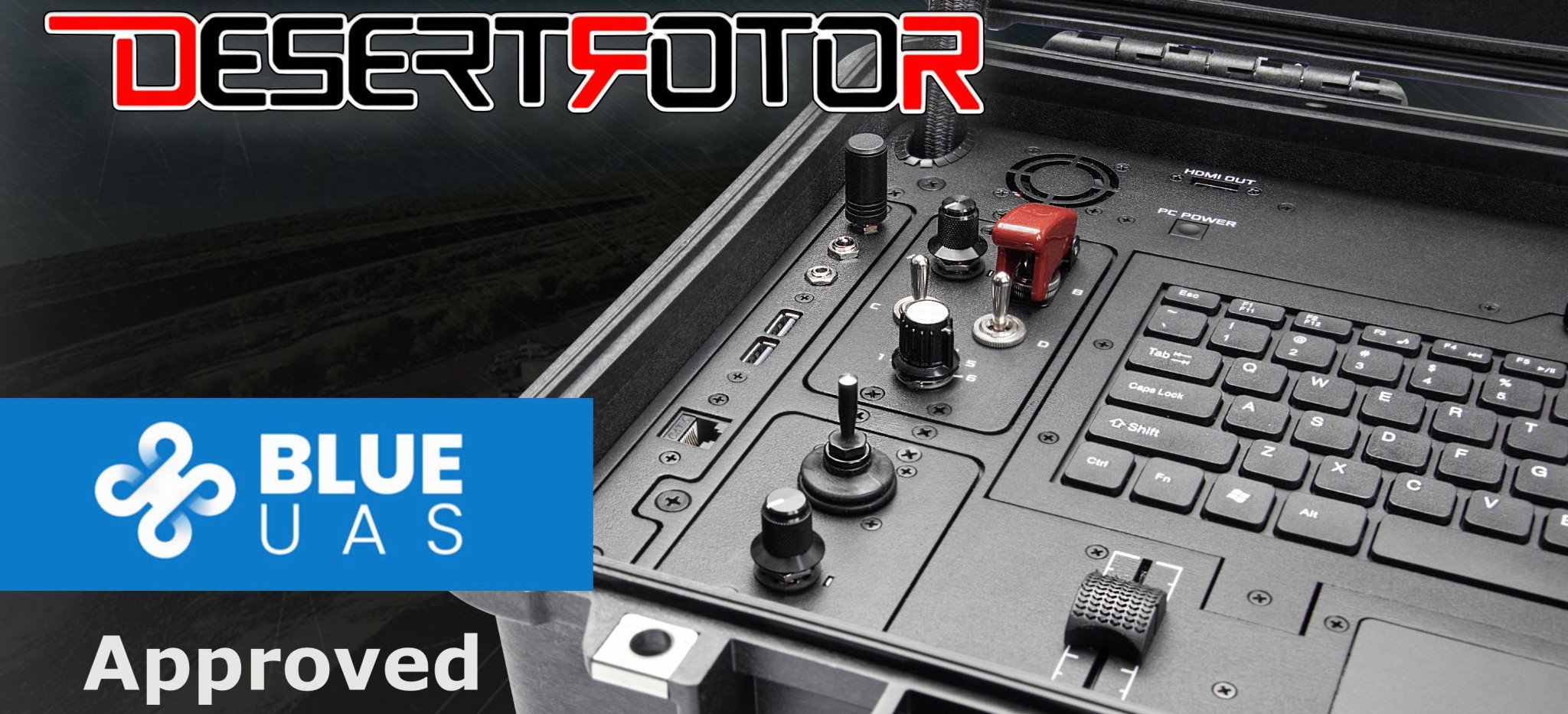Wisson AP3 P3 Drone Cleaning Module Introduced
.png)
The drone industry continues to innovate rapidly, pushingthe boundaries of what unmanned aerial vehicles (UAVs) can achieve. One of thelatest advancements comes from Wisson, a company known for its forward-thinkingapproach to industrial drone applications. Wisson recently unveiled the AP3 P3cleaning module, a remarkable attachment designed to transform standardindustrial drones into highly efficient cleaning machines. This moduleleverages cutting-edge AI algorithms and soft robotics technology to addressthe challenges of cleaning high-rise windows, solar panels, and otherhard-to-reach surfaces with precision and safety.
Cleaning skyscraper windows and expansive solar panel arrayshas always been a labor-intensive and risky job. Traditionally, workers havehad to rely on scaffolding, suspended platforms, or rope access techniques, allof which carry significant hazards and require costly safety measures.Furthermore, manual cleaning can be time-consuming and inefficient, oftencausing downtime for commercial buildings and solar farms. The introduction ofdrone-assisted cleaning technology promises to change this landscape byreducing the risks to human workers and speeding up the cleaning process, whilemaintaining or even improving the quality of the job.
Wisson’s AP3 P3 module stands out due to its integration ofAI-powered control systems with soft robotics. Soft robotics refers to robotsmade from highly flexible materials that can safely interact with delicatesurfaces. This is a key innovation because conventional drone attachments oftenrely on hard materials that risk scratching or damaging the surfaces theyclean. The soft robotic components of the AP3 P3 module allow it to adapt tothe contours of glass and solar panels gently, applying the right amount ofpressure without causing harm.
The AI algorithms embedded in the module serve severalimportant functions. First, they enable the drone to map the surface it needsto clean, detecting dirt, grime, and other impurities with high precision.Using this data, the system calculates the optimal cleaning path and pressureneeded for each area. This intelligent approach means the drone doesn’t wastetime or energy cleaning areas that are already spotless, nor does it missstubborn spots. Moreover, the AI system can adapt in real-time to changingconditions, such as varying sunlight, shadows, or weather effects, ensuringconsistent performance even in challenging environments.
Another crucial advantage of the AP3 P3 cleaning module isits potential to significantly reduce operational costs. By automating thecleaning process with drones, companies can cut down on the labor expenses andsafety compliance costs associated with traditional methods. Additionally,drone cleaning can be scheduled more flexibly, including during off-hours orweekends, minimizing disruptions to building occupants or solar farmoperations. The drone’s speed and efficiency also mean that larger areas can beserviced in less time, improving overall productivity.
Solar energy providers stand to benefit particularly fromthis technology. Solar panels require regular cleaning to maintain theirefficiency, as accumulated dust, bird droppings, or pollen can reduce theirenergy output. However, manual cleaning of vast solar farms is impractical andexpensive. Drones equipped with the AP3 P3 module can fly autonomously oversolar arrays, quickly and safely cleaning panels with minimal water usage andno human exposure to hazardous environments. This helps maximize the return oninvestment for solar installations and supports the broader adoption ofrenewable energy technologies.
The AP3 P3 module’s versatility also extends to otherapplications, including cleaning windows on high-rise commercial buildings,maintenance of glass facades, and even industrial equipment cleaning. In allcases, the benefits are clear: increased safety, lower costs, and improvedcleaning quality. The modular nature of the AP3 P3 means it can be retrofittedonto existing drone models, providing a cost-effective upgrade path forcompanies already using drones for inspection or surveying tasks.
Wisson’s development of this module is also a step forwardin the integration of AI and robotics within the drone industry. As drones takeon more specialized tasks, the need for intelligent systems that can analyzecomplex environments and make autonomous decisions grows. The AP3 P3 representsa sophisticated example of this trend, showcasing how AI and robotics cancombine to extend drones’ utility far beyond photography or simple inspections.
Looking ahead, the impact of such drone cleaningtechnologies is likely to grow as urban landscapes continue to rise andrenewable energy installations expand. Cities with increasing numbers of glasstowers will benefit from safer and more efficient facade maintenance solutions,while solar farms will enjoy improved productivity thanks to automatedcleaning. The environmental advantages are also notable, as drones can performcleaning tasks with less water and chemicals than traditional methods, contributingto sustainability goals.
Wisson’s AP3 P3 cleaning module highlights a broader trendin drone innovation where the focus is shifting from mere aerial imaging tocomplex, value-added industrial tasks. This evolution underscores the growingrole of drones in sectors such as energy, construction, and facilitymanagement. Companies embracing these advancements can expect to seeoperational improvements, cost savings, and enhanced safety standards.
In conclusion, the introduction of the Wisson AP3 P3cleaning module is a game-changer for industrial cleaning applications. Bycombining AI-driven precision with soft robotics, it enables drones to cleandifficult surfaces more safely and effectively than ever before. As thistechnology matures and becomes more widespread, it promises to redefine how weapproach maintenance of tall buildings, solar installations, and other criticalinfrastructure, making these processes smarter, safer, and more sustainable.

%20(1).jpg)


